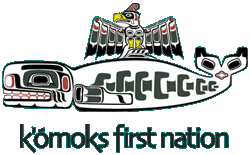http://www.ffwdweekly.com/article/news-views/city/bringing-back-blackfoot-3495/
The article from Fast Forward Weekly Magazine provides insight into the challenges facing the survival of the Blackfoot language. The story centres around a 75 year old elder from Siksika named Rachel Ermineskin. Having endured residential schools, she has been able to maintain her language. Before moving back to her home on the reservation (just outside Calgary’s city limits), Ermineskin participated in Blackfoot language courses at the University of Calgary.
The article also discusses how difficult the language is for people who grew up speaking English. From my own experience, I have seen many young people who can understand Blackfoot, but who are unable to speak it. Many of my students know the “slang” words in Blackfoot, but that is all.
The story also discusses the future of the language. With over 3,000 people speaking the language today, it has the potential to survive. In my area, the Kainai board of education has introduced Blackfoot immersion classes for young students. I recently attended an event where a chorus of children from grades one and two sang O Canada in Blackfoot. That definitely gives hope for the future.
At the end of the piece, Ermineskin is quoted as saying, “We have the technology to preserve these kinds of things, so why not?” Even though she is on the reserve and can not commute to the university for classes, she can still participate through the use of a computer. While Bowers (2000) may be right in saying that technology is not culturally neutral, it can still facilitate interactions. An application of technology such as an elder using a program like Skype to communicate directly will not have the same bias as the printed word.
Bowers, C., Vasquez, M., & Roaf, M. (2000) Native people and the challenge of computers: Reservation schools, individualism, and consumerism.” American Indian. 24(2), 182-199.
